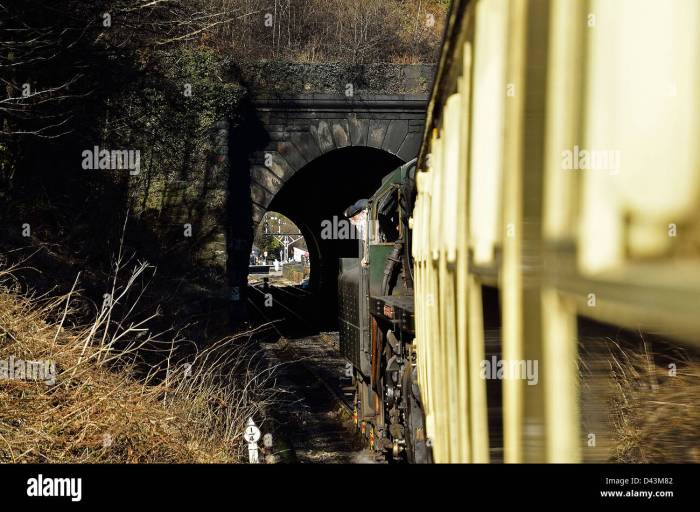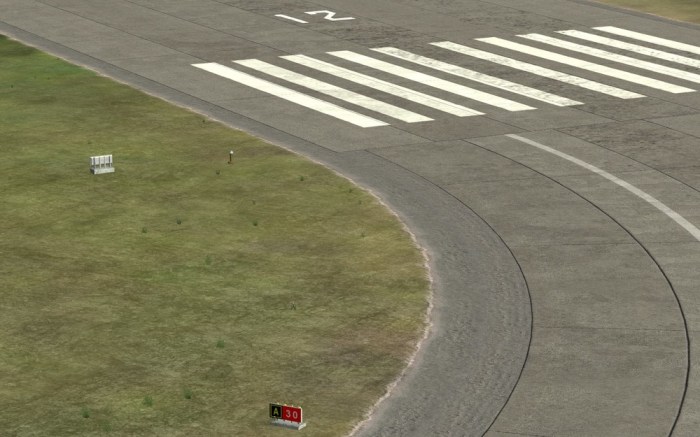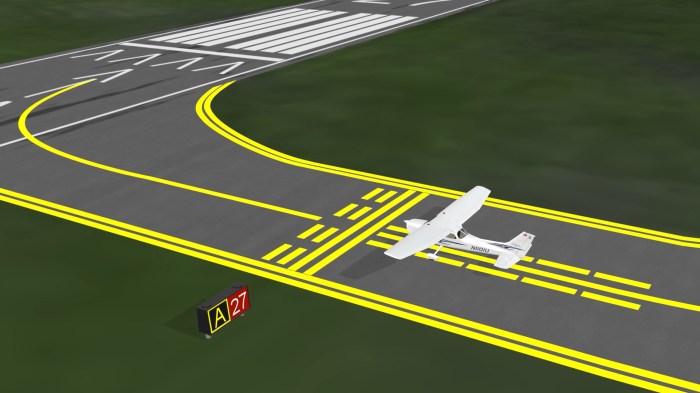Prior to entering crossing a runway drivers will – Prior to entering crossing a runway, drivers will encounter specific legal responsibilities and safety protocols designed to prevent accidents and ensure the safety of both ground and air traffic. This comprehensive guide will delve into the regulations, procedures, and best practices that drivers must adhere to when approaching and crossing runways.
Understanding these guidelines is crucial for maintaining a safe and efficient flow of traffic in airport environments, minimizing the risk of runway incursions, and protecting the lives of all involved.
Prior to Entering Crossing a Runway
Drivers Will
Drivers Will

Prior to entering a runway crossing, drivers must adhere to specific legal responsibilities to ensure the safety of themselves, other vehicles, and aircraft. These responsibilities include:
- Complying with all traffic signs, signals, and markings.
- Yielding to aircraft that are landing, taking off, or taxiing.
- Maintaining a safe speed and following all posted speed limits.
- Being aware of their surroundings and scanning for potential hazards.
- Communicating with air traffic control (ATC) when required.
Failure to follow these responsibilities can result in serious consequences, including fines, license suspension, or even criminal charges.
Regulations and Procedures: Prior To Entering Crossing A Runway Drivers Will

Specific regulations and procedures govern driver behavior at runway crossings. These regulations are designed to ensure the safety of all users of the airfield. Some of the most important regulations include:
- Drivers must stop at all stop signs and yield to all aircraft.
- Drivers must not enter a runway without ATC clearance.
- Drivers must follow all posted speed limits and traffic control devices.
- Drivers must be aware of their surroundings and scan for potential hazards.
In addition to these regulations, there are a number of visual cues that can help drivers navigate runway crossings safely. These cues include:
- Runway signs and markings
- Traffic lights
- ATC instructions
By following all regulations and procedures, drivers can help to ensure the safety of themselves and others at runway crossings.
Hazard Identification and Risk Assessment

Drivers must be aware of the potential hazards that they may encounter at runway crossings. These hazards include:
- Aircraft that are landing, taking off, or taxiing
- Other vehicles that are crossing the runway
- Pedestrians or animals that are on the runway
- Weather conditions that can reduce visibility or traction
Drivers can assess the risk of these hazards by:
- Scanning their surroundings for potential hazards
- Being aware of the weather conditions
- Communicating with ATC to get information about aircraft movements
By identifying and assessing the risks, drivers can take steps to avoid or mitigate them.
Helpful Answers
What are the legal responsibilities of drivers when approaching a runway crossing?
Drivers are legally obligated to yield to aircraft, obey traffic signs and signals, and maintain a safe speed when approaching and crossing runways.
What are some examples of actions drivers should take to ensure safety?
Drivers should slow down, look for aircraft, and be prepared to stop at runway crossings. They should also communicate with air traffic control and follow all instructions.
What are the potential consequences of failing to follow proper procedures?
Failing to follow proper procedures can result in accidents, injuries, or even fatalities. Drivers may also face legal penalties, including fines and license suspensions.
